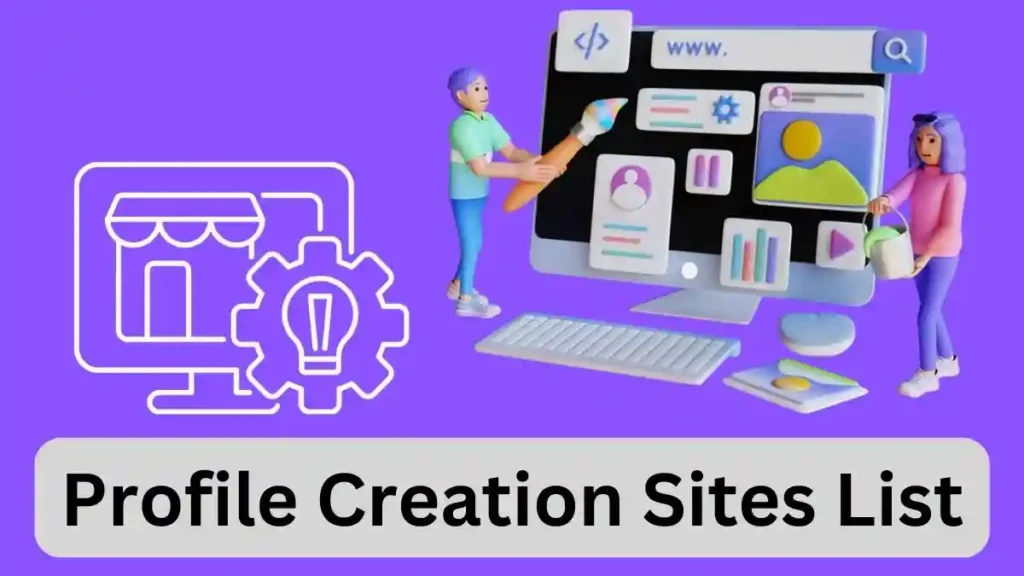Static websites are a thing of the past. Today’s users expect personalized, interactive, and dynamically updating experiences. For WordPress developers and site owners, this means leveraging tools that can pull data from various sources and display it intelligently across your site.
Dynamic content transforms your WordPress site from a brochure into a powerful application, showing the right content to the right user at the right time. In this guide, we’ll explore the top tools in 2025 for achieving exactly that.
🚀 Unlock Dynamic Content: The foundation of all dynamic content in WordPress is custom fields. For the most powerful, flexible, and developer-friendly foundation, we recommend Meta Box. Build Dynamic Sites with Meta Box
Table of Contents
What is Dynamic Content & Why Do You Need It?
Dynamic content is any web page element that changes automatically based on specific conditions, such as:
-
User Data: (e.g., “Welcome back, [User Name]!”)
-
Post Meta Data: (e.g., displaying a custom “Project Deadline” field on a portfolio page).
-
Behavior: (e.g., showing related products based on what a user is viewing).
-
Location: (e.g., displaying a local phone number or weather information).
Benefits:
-
Increased Engagement: Personalized content keeps users interested.
-
Higher Conversions: Dynamic calls-to-action and product recommendations drive sales.
-
Improved User Experience: Sites feel more intelligent and responsive.
-
Easier Content Management: Update content in one place (a custom field) and see it change everywhere it’s displayed.
The Top Dynamic Content Tools for WordPress in 2025
Here are the best tools, categorized by their primary function, to bring dynamic functionality to your WordPress site.
1. The Ultimate Foundation: Meta Box
Best For: Creating the structured data that powers all other dynamic content.
Before you can display dynamic content, you need a place to store it. Meta Box is the premier framework for creating custom fields in WordPress, which are the building blocks of dynamic sites.
Why It’s a Top Tool:
-
Centralized Data Hub: Create custom fields for posts, users, taxonomies, and settings pages. This data can then be dynamically pulled into any page builder or theme template.
-
Extreme Flexibility: With over 40 field types (like date pickers, file uploads, and repeatable groups), you can structure any type of content imaginable.
-
Developer-Friendly & High-Performance: Unlike some bloaty plugins, Meta Box is coded to be lean and fast, ensuring your dynamic content doesn’t slow down your site.
-
Seamless Integration: The data you create with Meta Box can be easily accessed by all the other tools on this list (like Elementor, Bricks, and Toolset).
Use Case: Building a real estate directory where you create custom fields for Price, Bedrooms, Location, and Gallery. This data is then dynamically displayed on listing pages and in search results.
💡 Pro Tip: Meta Box is the engine under the hood. It doesn’t always display the content itself, but it provides the high-octane fuel for your page builders to consume. Power Your Dynamic Data with Meta Box
2. The Visual Page Builder: Elementor Pro
Best For: Designers and marketers who want a visual, drag-and-drop interface for designing dynamic layouts.
Elementor Pro isn’t just a page builder; it’s a powerful dynamic content display engine.
Why It’s a Top Tool:
-
Dynamic Tags Feature: This allows you to connect any widget (text, image, button) to a custom field source. You can dynamically pull data from Meta Box, ACF, WordPress native fields, and more.
-
Theme Builder: Dynamically control the layout of your entire site—headers, footers, archive pages, single post templates—all based on conditions.
-
Massive Ecosystem: Huge library of third-party add-ons that extend its dynamic capabilities even further.
Use Case: Designing a beautiful “Team Member” template that automatically populates with the team member’s Name, Bio, and Headshot from Meta Box custom fields.
3. The Modern Theme & Builder: Bricks Builder
Best For: Developers and technically-inclined users who want performance and control in a visual interface.
Bricks is a rising star that combines a visual builder with a strong focus on dynamic data and clean code.
Why It’s a Top Tool:
-
Dynamic Data is Core to its DNA: Every element can be dynamically populated from a vast array of sources, including Meta Box, custom PHP functions, and WordPress queries.
-
Powerful Query Loops: Build custom loops to dynamically display posts, products, or any CPT based on complex conditions.
-
Exceptional Performance: Generates cleaner, faster-loading HTML than many competitors, which is crucial for dynamic sites.
Use Case: Creating a fully custom “Project Portfolio” archive that queries and displays projects based on a custom “Project Type” taxonomy and meta field.
4. The CMS-Powered Solution: Toolset
Best For: Building complete custom websites (like directories, membership sites, etc.) without writing PHP.
Toolset is a suite of plugins designed specifically to turn WordPress into a dynamic content management system for custom applications.
Why It’s a Top Tool:
-
End-to-End Solution: Provides tools for creating custom post types, fields, and front-end displays without needing multiple separate plugins.
-
Dynamic Views & Templates: Create templates for your custom post types that automatically display their custom fields.
-
Front-End Posting: Allow users to submit content from the frontend, which then dynamically appears on your site.
Use Case: Building a business directory where users can submit listings, and each listing template dynamically displays its custom fields for hours, contact info, and services.
5. The Personalization Engine: If-So
Best For: Marketing-focused personalization and A/B testing based on user behavior.
If-So focuses on a different kind of dynamic content: changing what is displayed based on who is viewing it.
Why It’s a Top Tool:
-
Behavioral Triggers: Display different content based on user location, referral source, device type, whether they are a returning visitor, and more.
-
No-Code Condition Builder: An intuitive interface for setting up “if-then” rules for your content.
-
A/B Testing: Easily test different versions of your dynamic content to see what converts best.
Use Case: Showing a special promotion to visitors arriving from a specific Facebook ad campaign, or displaying a different call-to-action to users from the United States vs. Europe.
How to Choose the Right Tool Stack
Your ideal setup depends on your goals and skills:
-
For Most Dynamic Sites: Start with Meta Box as your data foundation and pair it with Elementor Pro or Bricks Builder for visual design. This combination offers maximum power and flexibility.
-
For Complete Custom Applications: If you want an all-in-one suite and prefer to avoid code, Toolset is a strong choice.
-
For Marketing & Personalization: Use If-So on top of your existing site to add a layer of behavioral dynamic content.
Final Words
While all these tools are powerful, everything starts with structured data. You cannot have effective dynamic content without a robust way to create and manage it. This is why Meta Box is the most critical tool in your arsenal. It’s the silent partner that empowers your page builders and personalization plugins to do their job effectively.
✨ Build Smarter, Not Harder: Stop fighting with static content. Implement a professional dynamic content workflow today by starting with the best data foundation available. Get Started with Meta Box Now




